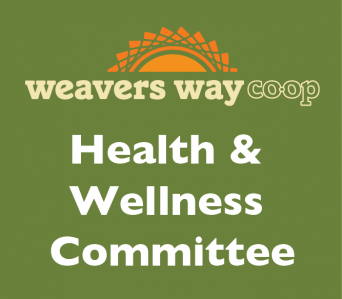
Health & Wellness Committee — Walk This Way: Prevent Pain and Degeneration by Improving Your Gait
Views expressed in this article are those of the author, not necessarily the Health & Wellness Committee, and are not a substitute for talking to your doctor.
We don’t tend to think much about the way we walk. After all, it’s something we learned when we were toddlers and doesn’t require much conscious thought. But what if I told you that the way we walk can have a tremendous impact on our health?
Our ancient ancestors did not have access to refrigerators, prepackaged snacks, or the convenience of the neighborhood co-op to satisfy their hunger pangs. Often they had to go long stretches without consuming calories, and this meant they had to be efficient in the way they used energy. Luckily, our bodies are designed to move through space and time without wasting much precious caloric energy at all.
Using the Force
The bones of your skeleton fit together in such a way as to allow varying degrees of rotation. When working properly, these rotations usually occur in alternating patterns. This allows for outside forces (gravity in particular) to be transmitted through a spiraling network of muscle, tendon, and ligaments. In traditional studies of anatomy, these tissues are presented as separate structures, but in reality they are all woven together through a network of fibrous tissue called fascia. These sheets of tissue create a series of crisscrossing elastic bands with varying degrees of tension that are designed to use outside force efficiently to propel us forward, rather than using pure muscle contraction alone. This method not only saves caloric energy (which you may or may not be thrilled about), but it prevents the body from overusing and injuring particular muscle groups.
It is perfectly fine to use forceful muscle contraction from time to time — say, when sprinting to catch a train or playing tennis. However, when we consistently rely on muscle contraction alone to move, certain muscles can become tight, spastic, and painful through overuse. This leads to imbalances in muscle tension, chronic pain, and if left untreated, joint degeneration. And although you may not feel that conserving calories is a priority in today’s weight-conscious society, note that a chronically elevated need for calories can add to overall stress levels and cause us to overeat. Therefore, being more efficient in the way we use calories can actually help promote weight loss.
One of the most basic things you can do to assess the way you walk is to look at how your pelvis and torso move. Stand several paces in front of a full-length mirror and begin walking forward. If your gait is healthy and efficient, your hips should rotate to the opposite side of the leg you are stepping forward with. In turn, your torso should rotate toward the leg that is stepping forward. This counter-rotational pattern is crucial for storing and releasing energy. This puts less strain on our bodies and helps keep us healthy, happy, and pain free.
Views expressed in this article are those of the author, not necessarily the Health & Wellness Committee, and are not a substitute for talking to your doctor.
